Why Belgium is not as boring as you think
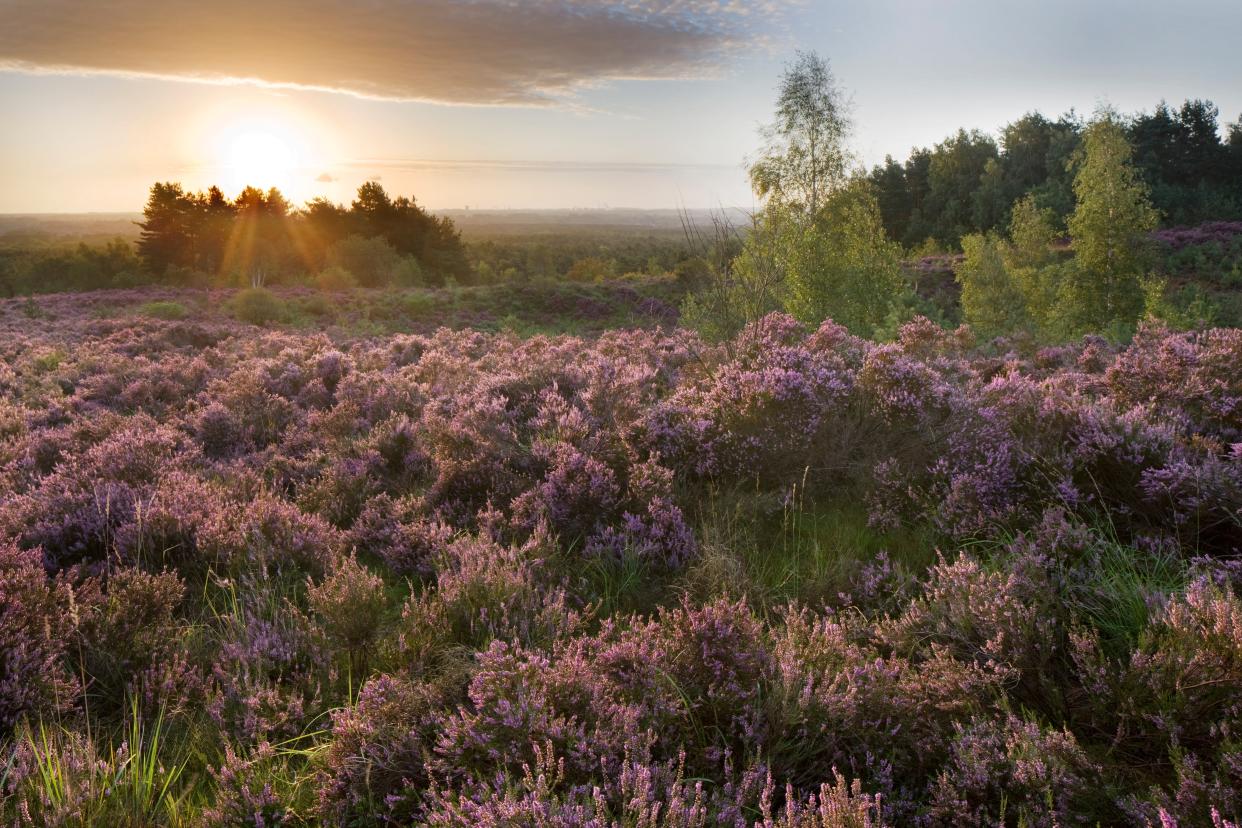
The England football team faces Belgium this evening, a country that enjoys a reputation for being – shall we say – slightly boring. A little beige. Indeed, in our Travel World Cup, in which we’ve been asking our Twitter followers to rate nations not on their sporting prowess but their appeal to holidaymakers, England swept aside the rest of Group G with 50 per cent of the vote (compared to Belgium’s 27pc).
But this dull image is (mostly) undeserved. Far from being a bureaucratic bolthole of a country, squished between the Netherlands and France (with Germany and Luxembourg for extra neighbourly company), it can be an enclave of surprises and even excitements. No really. As the following ten factoids show.
1. It likes to be beside the seaside
Granted, it is along the English Channel and the North Sea – bodies of water which are not renowned for their warm water and sunny demeanour. But Belgium has a lovely coastline – 41 miles of it, in fact. And it plays host to a number of resort towns which can make for a splendid few days within earshot of cawing gulls and whooshing waves. De Panne, close to the French border, is one of them. Knokke-Heist, close to the line in the sand with the Netherlands, is another. This latter (myknokke-heist.be) is particularly attractive, its picturesque qualities backed up by Zwin Nature Park (zwin.be) – an area of coastal dunes where sea lavender scents the air. The Zwin inlet, incidentally, is the border.
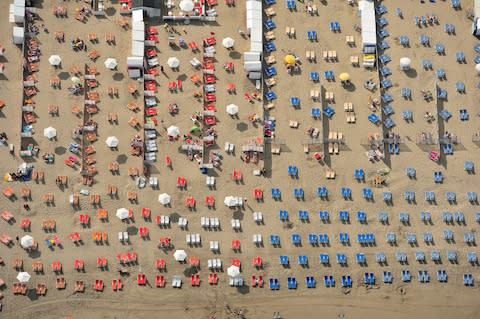
2. It has one of Europe’s most striking pieces of urban art
And that would be the Atomium. In some senses, this concoction of nine stainless steel spheres, connected by interlocking tubes, is one of the symbols of the modern Europe – it was constructed for the Expo58 World’s Fair, and has lit up the Brussels landscape in unmistakable fashion ever since (it dispenses widescreen views of the Belgian capital from its 335ft/102m-high top-floor restaurant). In other senses, it is proof that, rather than being a bit staid, Belgium can do "quirky". In 2013, CNN selected it as “Europe’s most bizarre building”, putting it on top of a list which also included Cornwall’s Eden Project.
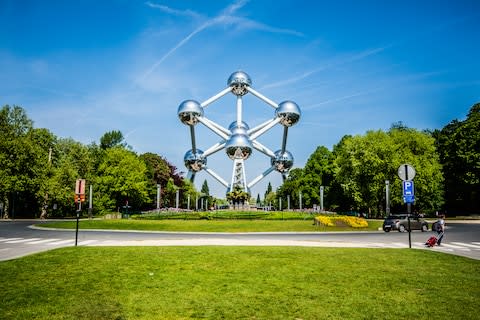
3. It has great art
Brussels also extends a note of intrigue in the paintings on the walls of its galleries. Not least the Musées Royaux des Beaux-Arts de Belgique (fine-arts-museum.be), which might not have quite the cachet of the Louvre or the Hermitage, but which is awash with works by some of the great European masters of brush and canvas. Among them is Pieter Bruegel the Elder, the Dutch-Flemish genius who produced The Fall of the Rebel Angels (1562) - which takes its inspiration from the Book of Revelation, and is about as riotous a religious painting as you will ever see. That’s it above. Just look at all those demons and angry angels waving swords. Look at the fish with peanuts for wings (well, that’s what it appears to be) on the right-hand side of the picture. It is all rather strange and fantastical.
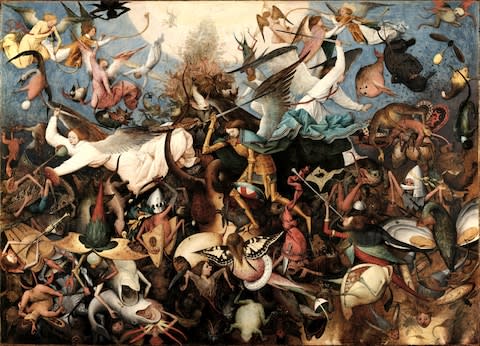
4. It has made a deal with the devil
Sort of. Bruges has a hard-won profile as a city which is hugely pretty, but possibly a touch dull. Yet those who subscribe to either of those adjectives have not visited Retsin’s Lucifernum (lucifernum.be) – a music venue which is also a candle-lit bar and a source of a whole heap of mythologising. It is located in a former masonic lodge. It is owned by a self-proclaimed vampire. It has a tropical garden with graves. It serves superb cocktails, all of which pack quite a punch. It does not sell Belgian lace, or little boxes of chocolate.
5. You can see Bruges from the air
If tromping across the cobbles or along the edges of canals in amidst hundreds of tour-bus groups is not your idea of fun, you can always look down on Bruges from a hot-air balloon. A hot-air balloon? Above a key city? Isn’t that a threat to aviation, or something? Apparently not. Or maybe those reckless, feckless Belgians just don’t care. You can book a jaunt with Bruges Ballooning (bruges-ballooning.com). It’s €180 per person, mind you.
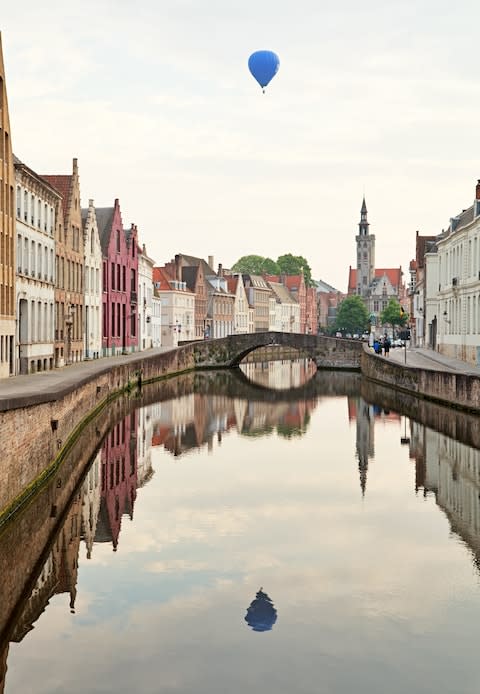
6. You can wander to high places…
Another element of the general perception of Belgium as being likely to induce sleep even in insomniacs is the idea that it is exceedingly and unflinchingly flat. But it isn’t. At 2,277ft (694m), the Signal de Botrange is no Everest. But with such statistics, it is no molehill either – more than two thirds of the size of England’s own rooftop, Scafell Pike (3,209ft/978m). It sits in the east of the country, near the German border. You can hike to the summit, where a small café awaits. You can also ski on it in winter (ski-botrange.be).

7. …and in deserted spaces
Belgium also has a splendid national park. This, too, is way over in the east of the country, in Limburg province – though, this time, the border which hangs down in the immediate vicinity is with the Netherlands. Hoge Kempen National Park is a pristine expanse of heath and pine forest, and is under tentative consideration for Unesco World Heritage status. It, too, is an enclave fit for hiking, as well as cycling – the website lists a raft of two-wheeled routes around the park (rlkm.be/en/hoge-kempen/recreation/cycling).
8. It has rollercoasters…
There are other high places too – of the drop-you-at-colossal-speed-while-your-stomach-turns variety. Walibi Belgium (walibi.com/belgium/be-en) is an amusement park set in Wavre, to the south-east of Brussels. It used to be run and owned by American theme-park colossus Six Flags – which should be indication that it knows a thing or two about thrill rides. And so it proves. Here you can clamber aboard gravity-stretching options with names like Cobra, Werewolf, Pulsar and Vampire. The latter is a looping rollercoaster of particular venom – where passengers’ legs dangle beneath the carriages.
Copy of The world's 50 best countries - according to you
9. You can drink beer
Of course you can. Belgium is known for its frothy, potent hops- and wheat-based beverages. And nowhere more so than in Leuven, some 20 miles east of Brussels – a small city which is home to the Stella Artois brewery. Its doors are open to visitors, via guided tour, on weekends (breweryvisits.com). You’ll probably want the 3pm tour, which is conducted in English, and not the 1pm, which is in Dutch. Either way, the fee is €8.50.
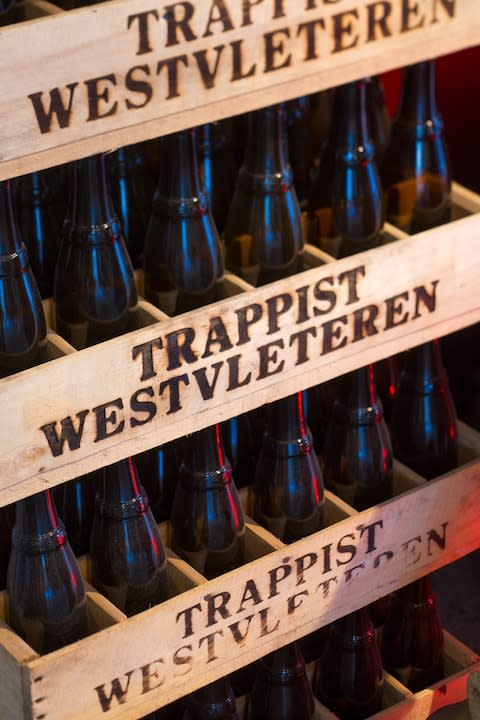
10. You can eat on the hidden street
Assuming you are in Antwerp. Vlaeykensgang is the concealed secret of the city’s food scene – a narrow passage that connects Hoogstraat, Oude Koornmarkt and Pelgrimsstraat. Oddly, though, it is veiled from view behind a series of medieval doors. Find your way in, however, and there are restaurants galore. The easiest point of access is on Hoogstraat.
Go now | 15 more reasons to visit Belgium